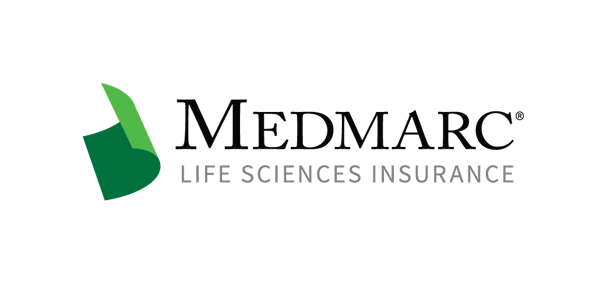FDA Releases Final Guidance for Multiple Function Devices
After a wait of two years, the FDA has concluded the draft guidance for multiple function devices with a final version that makes several substantive changes. Among these is that the list of participating centers now includes the Center for Drug Evaluation and Research (CDER), which was excluded from the draft.
One of the clear indications that the FDA took to heart some of the recommended changes is that the draft covered 18 pages while the final version spans 27 pages. The draft explicitly stated that the scope includes device constituents of combination products, a factor that prompted at least one trade group to recommend that the final version include CDER.
Conversely, the draft and final guidances both state that the FDA will offer no insight as to which functions do and do not meet the definition of a device. Both versions apply the same approach regarding the device types for which the agency currently exercises enforcement discretion regarding compliance activities.
One of the more substantial changes to the policy appears in Section V., specifically the paragraphs for separation of the device and non-device functions in design and implementation. The draft guidance makes several overarching recommendations without providing much in the way of detail. However, the final guidance offers much more insight into the agency’s thinking, such as the suggestion that documentation of a risk analysis of the impact of the non-device function may aid the agency’s understanding of the device function under review.
The final guidance briefly discusses design architecture in the context of maximizing functional separation and segregation as a means of managing risk, content that is not seen in the draft. Also missing from the draft is a recommendation that the sponsor take cybersecurity issues under consideration when considering functional separation.
One of the major changes seen in the final guidance is the addition of a flowchart depicting assessments of the impact of non-device functions on the device function under review. One element of the flowchart states that any beneficial effect the non-device function might have on device performance should be included in the premarket filing, assuming the sponsor intends to include such information in product labeling.
In the absence of a determination that there will be any impact, positive or negative, the device maker should document the rationale for such a determination per the company’s standard operating procedures.
FDA Posts New Template for COVID-19 Testing
The FDA’s Center for Devices and Radiological Health has pressed forward with more policy changes to deal with the COVID-19 pandemic in the final days of July 2020, including publication of a template for non-clinical diagnostic testing in the home and other settings. FDA commissioner Stephen Hahn praised the publication of the template as a game changer, although limited supplies might continue to crimp the volume of testing.
The FDA’s July 29 statement explains that the new template will assist test developers in drafting their emergency use authorization applications for tests that can be performed outside a clinical lab setting, such as the home, the workplace, and in educational settings. This test would be available without a prescription, and Hahn said the objective is to ensure there are tests available that would be no more complicated to use than a pregnancy test.
“These types of tests will be a game changer in our fight against COVID-19, and will be crucial as the nation looks toward reopening,” Hahn said.
The Advanced Medical Technology Association said in a July 28 statement that the daily volume of molecular diagnostic tests for COVID-19 reached one million for the week ending July 24. That number is based on a report from a registry operated by AdvaMed and several diagnostics companies, which also states that 80 million total molecular tests have been shipped in the U.S. as of July 18.
Despite the increase in molecular testing, a number of stakeholders are pressing Congress for dedicated funding and clear coverage guidelines for testing. The letter was signed by several each of medical societies, trade associations and non-profit patient organizations, but the House and Senate are at a standstill over their respective economic relief bills, which include the much-needed taxpayer funding for testing.
For additional resources contact the Marketing department
Phone: 888-633-6272
Medmarc is a member of ProAssurance Group, a family of specialty liability insurance companies. The product material is for informational purposes only. In the event any of the information presented conflicts with the terms and conditions of any policy of insurance offered from ProAssurance, its subsidiaries, and its affiliates, the terms and conditions of the actual policy will apply.
Copyright © 2025 - Medmarc
